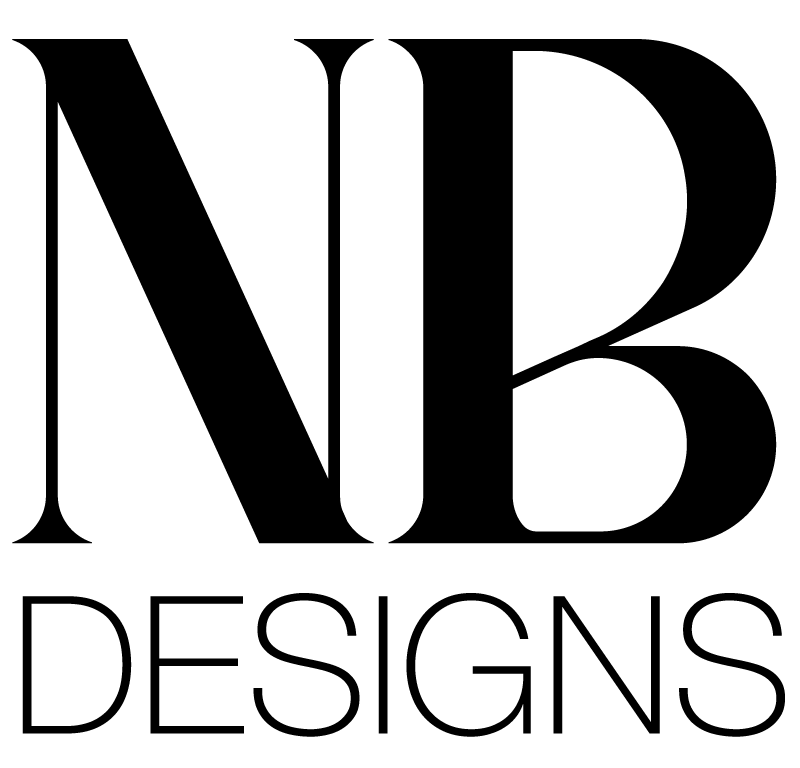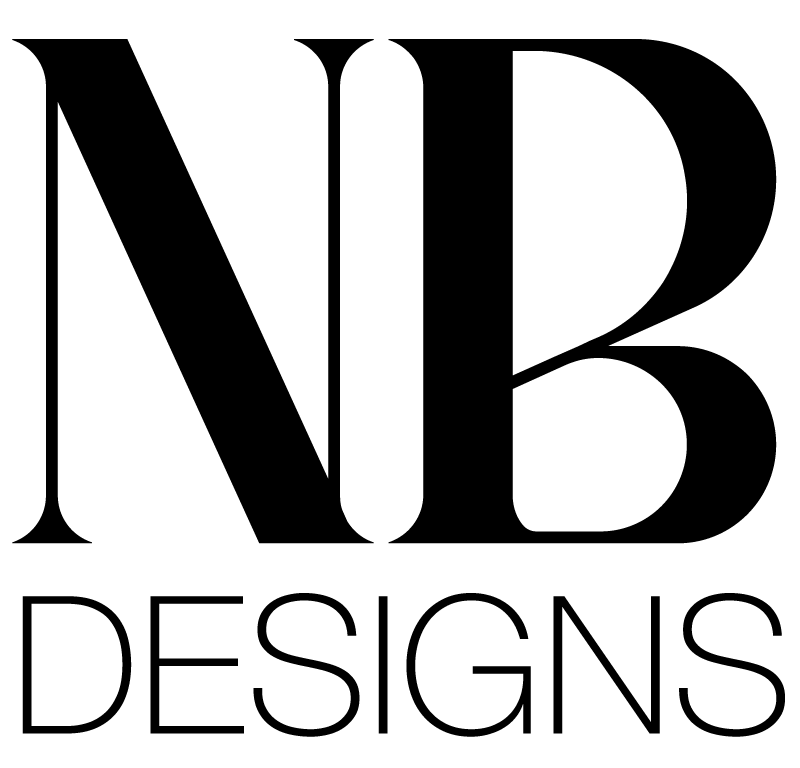For this project we had to research consumer profiles to help us understand what information is important to include. Of course, this may depend on the type of business, and in our case, we had to create two profiles for a fictional fitness coaching brand.
I will first start with my research.
Consumer profiles summarize data that is collected about a customer in order to better understand their likes, dislikes, habits, activities, as well as goals and challenges. It also shows what product services are being used and to what degree and what type of advertising is most effective with the customer.
Having data collected from a set of users allows for a better overall service for all customers. “When you stop looking at your users in a silo and piece together a rich portrait of who they are in the real world plus what they do in your app, you can mold your app (and it’s messages) to improve their lives. That’s the secret of apps that stick. They know their users. That’s how they can predict and solve their problems.”
Source: https://www.business2community.com/mobile-apps/learn-how-to-create-a-complete-customer-profile-using-data-in-7-steps-01241780
Some of the information that is usually contained in customer profiles include:
- Name
- Age/Age Group
- Gender
- Location
- Demographics
- Occupation
- Education level
- Income
- Marital Status
- Children
- Interests
- Psychographics
- Email Address
- Subscription Preferences
- Needs/challenges
- Purchases/Purchase dates
- Last app/website visit
- Subscriber Status
- Most Recent Email Open Date
- Average Monthly Email Opens
- Last Email Click Date
- Last Email Click Link
- Average Monthly Email Clicks
- Company, Job Role, etc.
- Last Website Visit Date & Pages Viewed
- First Website Visit Date & Pages Viewed
- Most Recent Conversion Event Date & Offer
- First Conversion Event Date & Offer
- Average Time on Site
- Monthly Website Visits
- Social Media Sentiment
- Number of Brand Likes
- Number of Brand Shares
- Social Media Activity
- Last Emailed/Mailed Date
- Address
- Last Store Visit
- Last In-Store/In-App Product Purchased
- Store Credit
- Loyalty Card Usage
- Last Event Attended
- All Attended Events
- Push Enabled
- Last App Session
- Average Session Length
- In App Conversions/Events
- Time in App
- Push Message Click-Through Rate
- User Preferences/Attributes
Blog Sources:
I chose to create a fitness coaching app called “Beast Mode”, which is a brand focused on serving already active individuals who are looking for an app that offers everything in one place related to exercise, diet, motivation, and progress tracking. The app specializes in helping people gain muscle, shredding after gaining, and reaching a highly optimal body composition. In the profiles created, I am focusing on users who are new to the app so I am listing the data they provided during the onboarding/registration process.
Consumer Profiles


Over time, as they start using the app and usage data gets accumulated about them, this initial set of fields may be expanded with others, such as:
- average time spent in the app
- average time per session
- date of last activity
- exercises performed – sets and weights per each session
- sleep info – if logged
- diet – nutrition / macro tracking – if logged
- weight/circumference measurements – if logged
- push notifications – on/off/types allowed (e.g.: reminders, earned badges, offers, etc.)
- in-app purchases
- upgrades
- offer clicks
I believe it is best not to overburden customers with information requests during the registration process, rather, it is best to gather them / prompt them to share more information as they go. This can be done through in-app services and/or tracking activities. It is also beneficial to keep information sharing optional, allow customers to have control over their data, and be transparent about the reasons for any tracking and data requests. Explaining how the data helps optimize the service to the customer creates trust, which is essential for building a loyal customer base.
Moodboard

All images in this post are free downloads from Unsplash.


No responses yet